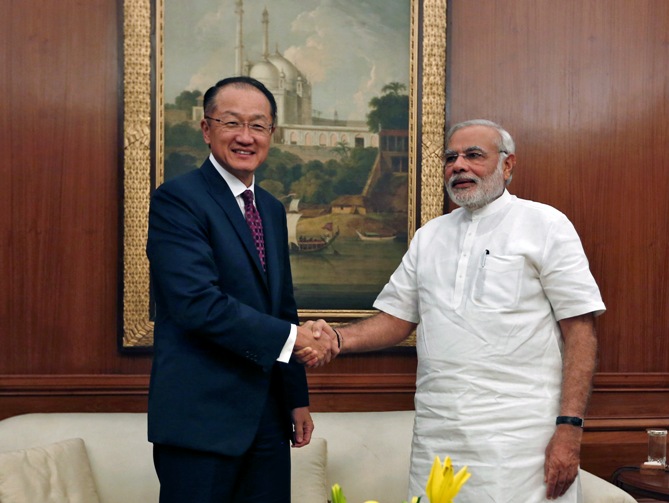
Jim Yong Kim, president of the International Bank for Reconstruction and Development, better known as the World Bank, concluded his three-day visit to India on Wednesday.
An excerpt of edited replies to queries from the media on his visit and discussions:
On the Bank’s poor ranking of India in its global report on the ‘Ease of doing business’
We have actually looked at this.
If the ranking of India on the ease of doing business is based only on Gujarat, it will improve 50 places.
So, I hope that what Prime Minister (Narendra) Modi did with Gujarat in terms of improving the business environment will be scaled up now to all of India.
Please . . .
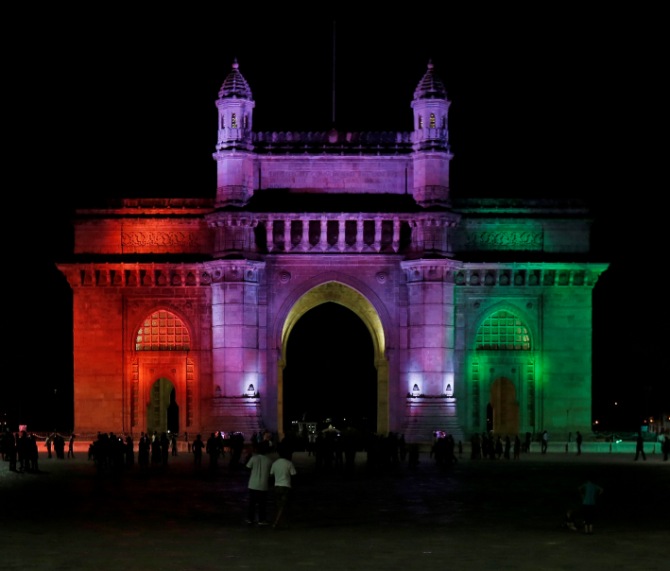
On India’s criticism of this report’s methodology
There are a lot of legitimate critics of the report. In the past 10 years, the report has continuously evolved.
We started with a much smaller number of factors and every year we have improved on that, based on critics from member-countries.
We believe the report is important but not perfect. It helps countries improve their business environment.
On India’s refusal to sign the Trade Facilitation Agreement at the World Trade Organization
We (Modi and he) did not talk about it. Negotiations are still going on.
What we (in the Bank) have said is that countries which have grown rapidly have done it through freer trade.
We also think there is a huge amount of upside to greater regional integration, especially in this area.
And, we are beginning to see from Prime Minister Modi especially his real desire to reach out to his neighbours.
This will have implications for much greater integration and trade in the region.
So, we encourage that and we encourage people to embrace free trade.
Please . . .
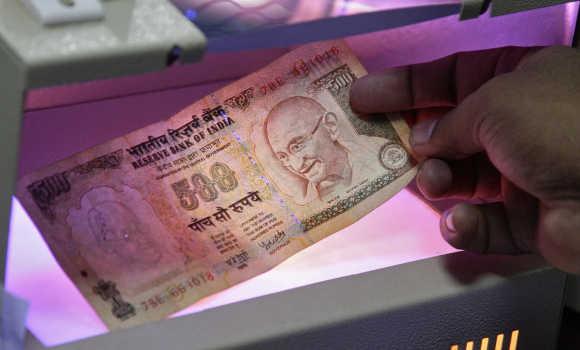
On lending to India
We can provide India with $15-18 billion over the next three years. In the private sector, with International Finance Corporation, a minimum of $3.5 bn will be provided.
We hope that as the business environment improves, we can invest much more.
So, we are talking about significant funding.
PM Modi was clear that in a sense the money is important but he stressed on the kind of insight, the kind of data, the kind of analysis that can help him achieve extremely high aspirations for the people of India.
On India’s insistence on bringing down the World Bank Group’s cost of borrowing
Cost is very low with IBRD loans.
It is less than one per cent.
India is still going to receive $3.4 bn from IDA (International Development Association, the Group's soft loan arm), where the interest rate is zero.
You cannot actually reduce from zero per cent.
Please . . .
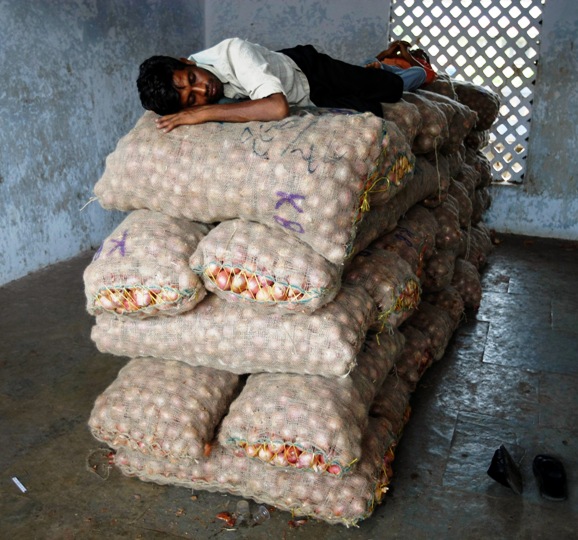
Whether IFC money will be raised through rupee-denominated offshore bonds
Serge Devieux, IFC regional director for South Asia: $3.4 bn of IFC money, either in the form of debt or equity, is funded through the global pool of funds that IFC has.
We did rupee-denominated offshore bonds at the time when capital markets were suffering.
We were able to generate $1 bn of bonds from foreign investors.
The next step is to continue issuing bonds offshore and onshore to finance projects in India.
Infrastructure is a big priority for us and for the country.
Please . . .

On BRICS Bank
The (proposed) BRICS Bank, now called New Development Bank, is something we welcome.
If you look at the need for infrastructure investment in developing countries, it is enormous.
Last year, the World Bank did $23 bn.
(With) All the money that we have and all the private sector money that is pouring in, we will not be able to meet the infrastructure needs.
Any competition we have is with poverty eradication and infrastructure building.
So, any Bank which handles the requirement of infrastructure and poverty eradication, we welcome it.
Please . . .
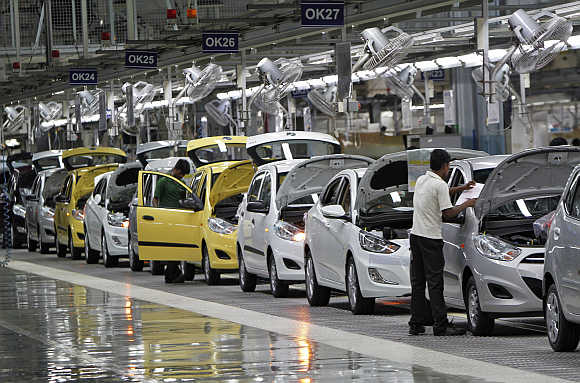
On his impression of change in the atmosphere in India
I spoke with many people, people with the equity world, people with the hedge funds, the sovereign funds.
There is enormous confidence in not only what Modi has been saying but what he did in Gujarat.
I am much more optimistic today than when I was flying into the country.
I was extremely impressed with his sense of urgency, his detailed understanding and his focus on actual delivery.
He gave us some tasks.
We will have to step up, we have to run faster than we ever ran to keep up with that.
His intention is to grow this economy quickly, generate jobs quickly and demonstrate to the people of India that you can do things with scale and great speed.
His focus on skills is critical.
Please . . .
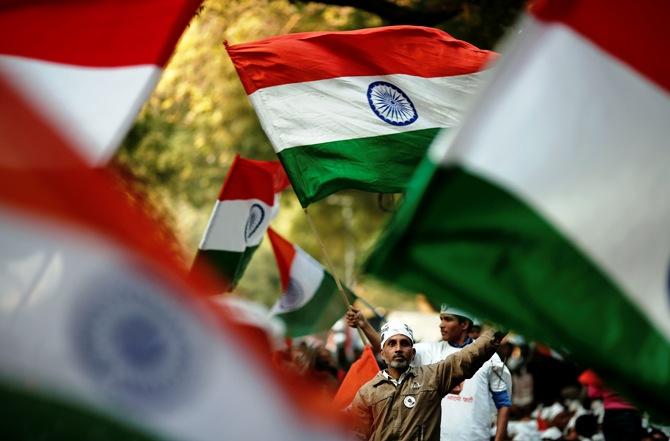
On India’s economic growth
The new government would like India to return to growth rates of nine per cent a year.
The World Bank fully supports this goal. It is vital that India achieve these levels of growth to reduce poverty more quickly and boost shared prosperity among its people.
On Ganga rejuvenation
Onno Ruhl, country director for India: We already have $1 bn funding for cleaning the Ganga.
We discussed with the ministry of water resources and the prime minister to use that money to demonstrate very quickly that the Ganga can actually be cleaned, by focusing on key cities such as Kanpur, Varanasi, Rishikesh, Kolkata and Patna.
There we can achieve results visibly and give the people confidence that this can be done. Thereafter, we can scale it up. For now, it is enough money.
Please . . .
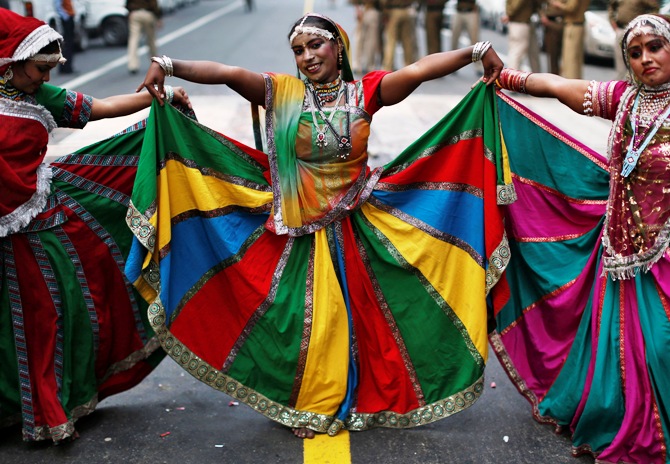
Help in recapitalisation of banks, as West Bengal did with $4.4 bn funding in 2009
Ruhl: There is no such request at this stage.
Reforms in governance structure
Kim: International Monetary Fund is going through this because it has not approved the first voice reform.
We actually approved first voice reform in 2010; it was adjusted.
Now, there is significantly more voice for developing countries.
We have 47.5 per cent of total voice coming from developing countries.
In 2015, we will reopen the voice debate.
The World Bank is a cooperative of member-countries.
They will have to take a decision.
Please . . .
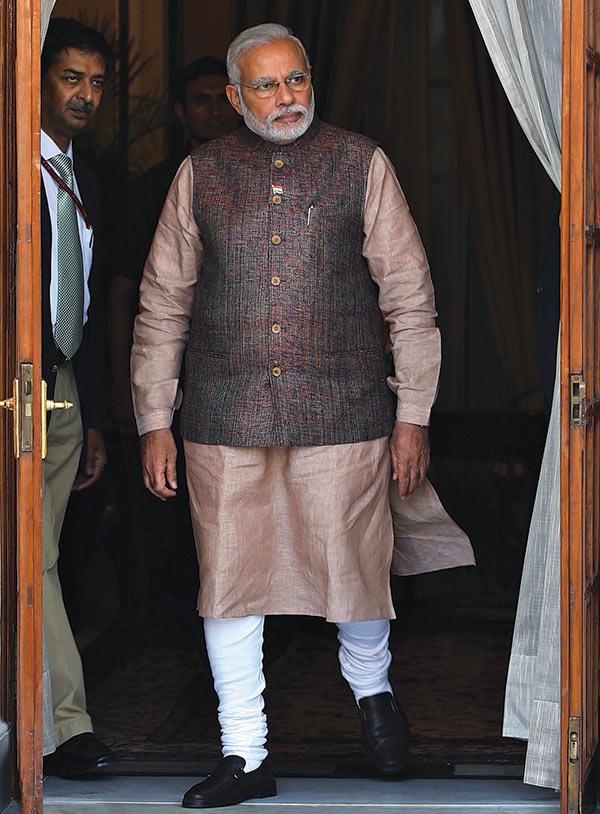
PM tweets on the meet